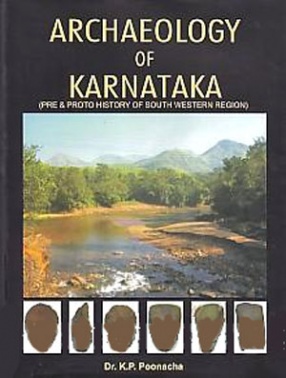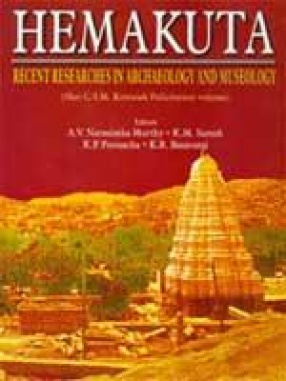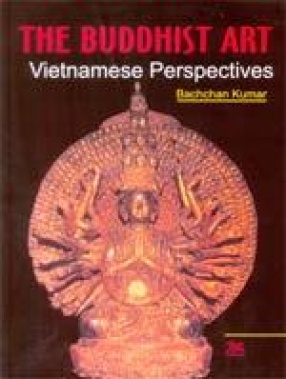Archaeological research in different parts of Karnataka has come a long way over since Meadows Taylor (1842) and Robert Bruce Forte (1881) brought to light sites of pre-historic appendage. Subsequent explorations carried out by various scholars in different geographical zones of Karnataka particularly in the Krishna, Malaprabha, Ghataprabha valleys has revealed significant evidences relating to different category of Palaeolithic, Neolithic and Megalithic cultures. However, comparatively such studies were wanting in the south-western part of Karnataka particularly in the central mountainous region of Western Ghats comprising the districts of Hassan, Chikamagalur and Shimoga popularly called the Malnad Region. But for sporadic discovery of Palaeolithic or Neolithic sites here and there, no systematic studies had been attempted till recently in this monsoon belt of Karnataka.
In the light of the background, extensive explorations undertaken by the author in the river valleys of the Upper Cauvery, Tunga, Bhadra, Upper Tungabhadra, Hemavati, Kumudvati, the Vedavati and their tributaries have provided welcome light on various chronological stages of the Palaeolithic cultures and occurrence of a upper Palaeolithic site in the Upper Tungabhadra valley is very significant.
Mesolithic tools found as surface finds in different physiographical situations ranging from river valleys to hill tops or gravel beds near dried up water bodies denote a unique characteristics of this culture in the south-western part of Karnataka and exhibits similarity in their typo-technology, rock material to Mesolithic tools reported form sites in the Northern Karnataka region or in the adjacent Tamilnadu, Kerala regions.
Interestingly, systematic explorations in the Upper Tungabhadra Valley has yielded substantial number of Neo-Chalcolithic habitation sites with adequate assemblage of pottery of Neolithic-Chalcolithic, Megalithic appendage indicating clearly that these regions were continuously inhabited and helps in reconstructing the processes of transformation from the hunting gathering stage to the food producing or village economy stage, particularly in this hilly country covered with dense forest.
The efforts of the author to locate different types of Megalithic Sites in the Upper Cauvery and Upper Tungabhadra region and an occasional site at a higher-altitude of Malnad Hills throws significant light on the selection of locations depending on the availability of suitable rock material, security and economic needs of the erstwhile Megalithic People of the region.
This book provides an excellent background for further studies in the region under reference and would be of great interest to the students of pre and proto-history in understanding the lesser known archaeological aspects of the south western part of Karnataka.






There are no reviews yet.